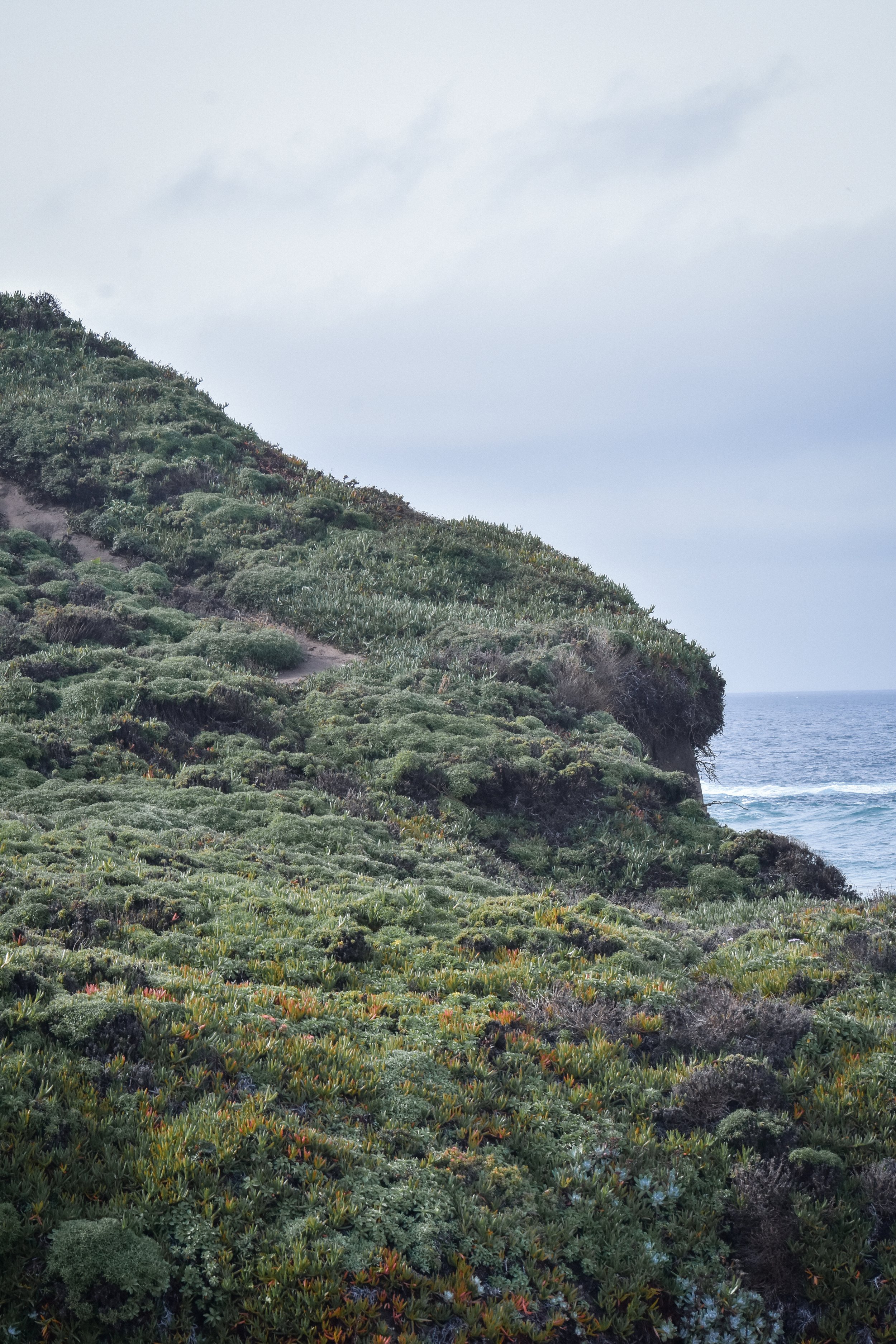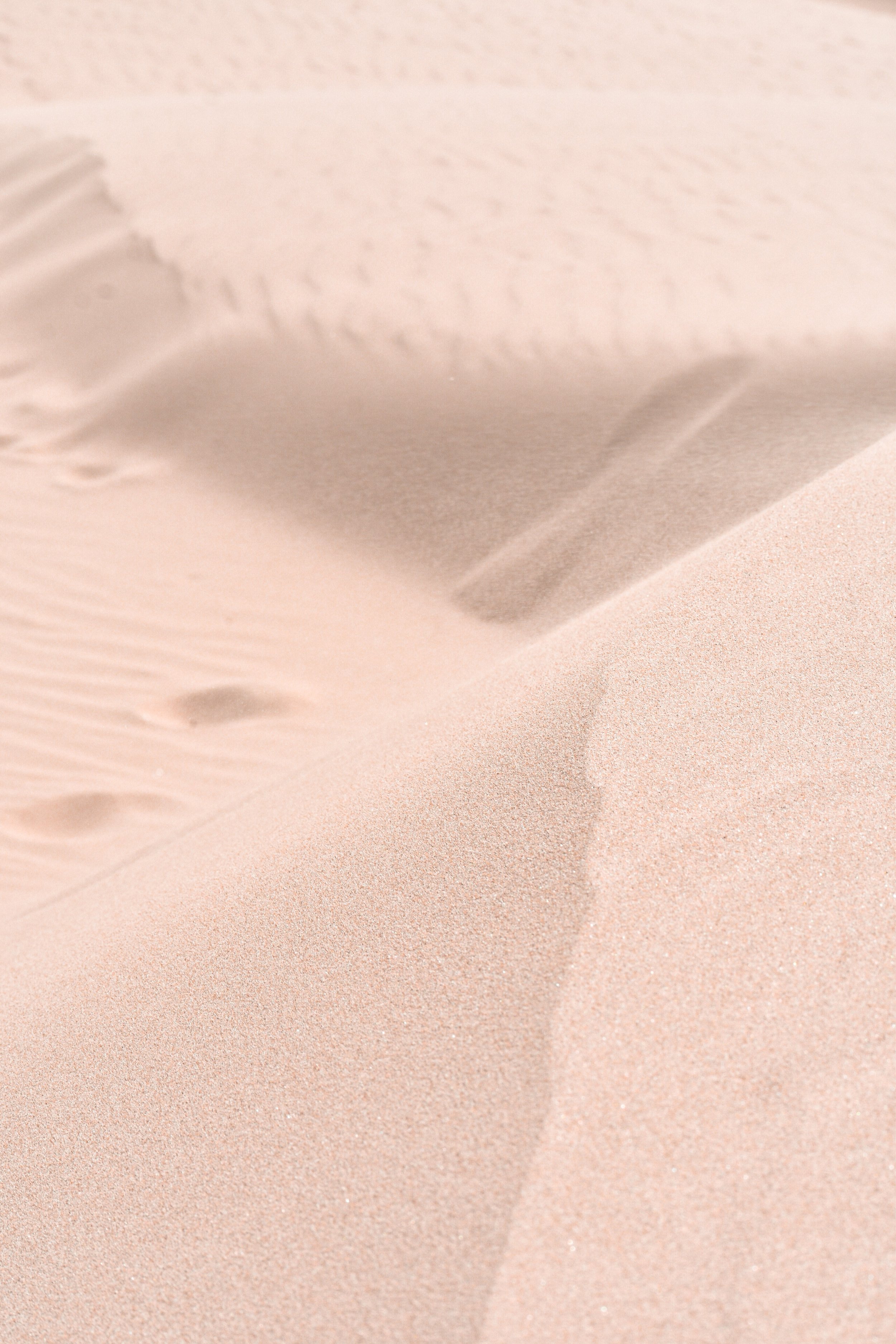The California Road Trip Issue
Departures
On the Impermanence of Places
“A place belongs forever to whoever claims it hardest, remembers it most obsessively, wrenches it from itself, shapes it, renders it, loves it so radically that he remakes it in his image.”
—Joan Didion, The White Album
The American highway system wasn’t always the vascular network it is today, marking, dividing, connecting, circulating people. In fact, the seemingly permanent concrete roads are less than a century old. Designated as an “All-American Road,” California’s Highway 1 is a landmark emblematic of our cultural values of efficiency, offering modern solutions to the problem of distance and vastness of landscape.
In that same vein, road trips are a staple of American culture. We become kings of the dashboard, and masters of the landscape disappearing into our rearview mirrors.
But along the road, those promises dissipate — highways only offer the illusion of mastery. Much of what we encounter is rather unfamiliar and unknown. A highway simply enables passage. To know a place demands a certain agency from the viewer, a desire to take the someplaces with us in memory.
Twenty minutes south of the quaint Carmel-By-The-Sea, concealed beneath the highway in the cleavage of two slabs of rock, lies a private garden. Thick-petaled white flowers, elegantly wrapped around yolk-yellow spadices sprout from leafy bushes like gargantuan bouquets. The calla lilies stand tall, fed by a freshwater stream snaking between them, meeting the roaring, spraying sea hundreds of feet away. They smell fresh, surprisingly not floral, but salty like earth.
While the flowers are sturdy and meaty like smooth tongues or dog ears, the decay has set in already: a rust-brown rot eats at their white edges. In spite of its gentle beauty, the lily grove was already dying, already departing.
The striking realization that I was experiencing an impermanent thing was heightened by the numerous visitors, enmeshed in the valley, every single one snapping dozens of photographs of the whiter lilies. I was surrounded by others who rushed to make meaning, to capture and claim this special place that would soon no longer be.
And so I, too, anxiously scrambled to capture the details, inhaling deeper, widening my eyes, drinking in all the stimuli which pricked my senses.
I must remember. I must.
On the road again, I roll the lilies around in my head, picturing the valley. As we drive past sea cliffs suddenly it seems that I can’t remember them as clearly as I could if I was there. They are fuzzier now, flatter. While I hastily take notes, it is already receding into the distance. I am overwhelmed by my inability to capture them, to conjure the valley back perfectly.
Perhaps the lilies I am now imagining are a different valley altogether.
Our task as writers is often to communicate our specific experiences. There is bitter irony in confronting our inability to ensnare a particular feeling and pin it carefully to a page. A moment slips by us, dissolving into the ever-moving river of time, meets the bursting sea of life, and cannot be made personal, made forever, or captured again.
Nearly three hours south of the lilies, the western monarch butterflies are overwintering. The insects began their 3000-mile journey in Monterey, stopping along the coast at the Eucalyptus grove in Pismo, hugged by a railroad on one end and the ocean on the other. We can make out the grayish undersides of their wings, the butterflies blending into the leaves, delicately perched together.
We had just caught the tail end of their migration, evident by the sparse clusters of monarchs fluttering about the air and the high green to orange ratio. A few months earlier, it would have likely been more orange, the peeling branches hanging heavy with monarchs. The emptiness signifies their ongoing departure. Monarch butterflies only live a meager 2 to 6 weeks, and it is already February.
What is more striking than the butterflies is the empty space their migration had left behind. I remember seeing the monarchs in Santa Cruz when I was small, stepping over the dead ones and craning my neck at the trees sagging with orange hordes. Now, with so little, the eucalyptus grove felt undecorated.
Some passersby who stop to see the butterflies are all comically frozen, everyone gathered around a small patch of the grove where the butterflies congregate. Others take pictures with complicated cameras or purchase Monarch t-shirts, mugs, and postcards from a gift shop on wheels.
While the butterfly migration is an annual spectacle, the monarch remains an endangered species. Perpetually, we are imagining a future without their beautiful migrations, and reasonably so. Perhaps there are some things which are only remembered by their departures, by the memory of their fast-approaching denouement.
Watching the butterflies, I can’t help but imagine all the human migrations, pilgrimages, diasporas. How daunting it must have been to venture into the unknown, how terrifying and wonderous.
The highway reminds me of how unacquainted I am with California’s versatile landscape. My home state, once feeling suffocating and small, became an unfamiliar someplace on the road.
As soon as we climb past the beach and into the dunes, I am whisked away. I am nowhere. The rolling dunes stretch in all directions. The soft sand sinks under the weight of my sneakers. It is dizzying and wonderful, being lost, the only marker of our presence behind us, a trail of smudgy footprints. The grains of sand move constantly, the wind swiftly lifting and rearranging them. And yet, the colossal dunes appear still, indifferent .
As we head back, the wind is already blowing away our tracks, quick to erase evidence of a visitor. The dunes we saw were there only for us; the next people to behold them would see a different version.
Everywhere we visit is shifting — literally, under us, above our heads. The hot concrete under the rolling rubber. The clouds of butterflies dance throughout the air. The calla lily stream bubbles and flows, kissing the bottoms of our feet. The sand shifts, the wind gently writing love letters on the dunes with affectionate ripples.
There’s something undeniably, painfully romantic about witnessing impermanence. Knowing things will soon be gone, we seek to savor them as they go, to make meaning anyway. Perhaps the most natural, visceral reaction was to also grieve them.
The anticipatory grief — of something which has not yet been lost, which is at once living and decaying, coming and going, shifting all around us — it is impressed in me at each location, and is precisely what makes each place so beautiful.
In a place far from the time and space of my grandmother, I find myself thinking of her. Of grief. Of the smaller dwarvish calla lilies in her garden, and the cabbage butterflies they attracted. Of the sand in my shoes which she lovingly poured out. The memories, while so beautiful, elicit a most fervent pang of longing and sadness. She is far away, and yet I had brought her with me, here. I imagine her; I make the place my own.
Perhaps to some extent, no place is permanent, no place ever sparkles with an inherent and imbued magic. The highway reveals every place to be ordinary, made equal by the frame of the windshield, the mirrors, and all the pieces of its reflection scattered about the inside of the car.
In our memories, places become pieced, too. Stringing those pieces together are our personal histories which follow us to the places we visit. Maybe they are the only way we can make meaning. Once we recognize ourselves in a place, we immediately claim it, transform it, and love it the hardest.
And suddenly a someplace belongs to us, to everyone who dared to remember it.
Words: Sasha Shahinfar
Photos: Eden Porras Harth, David Chen





